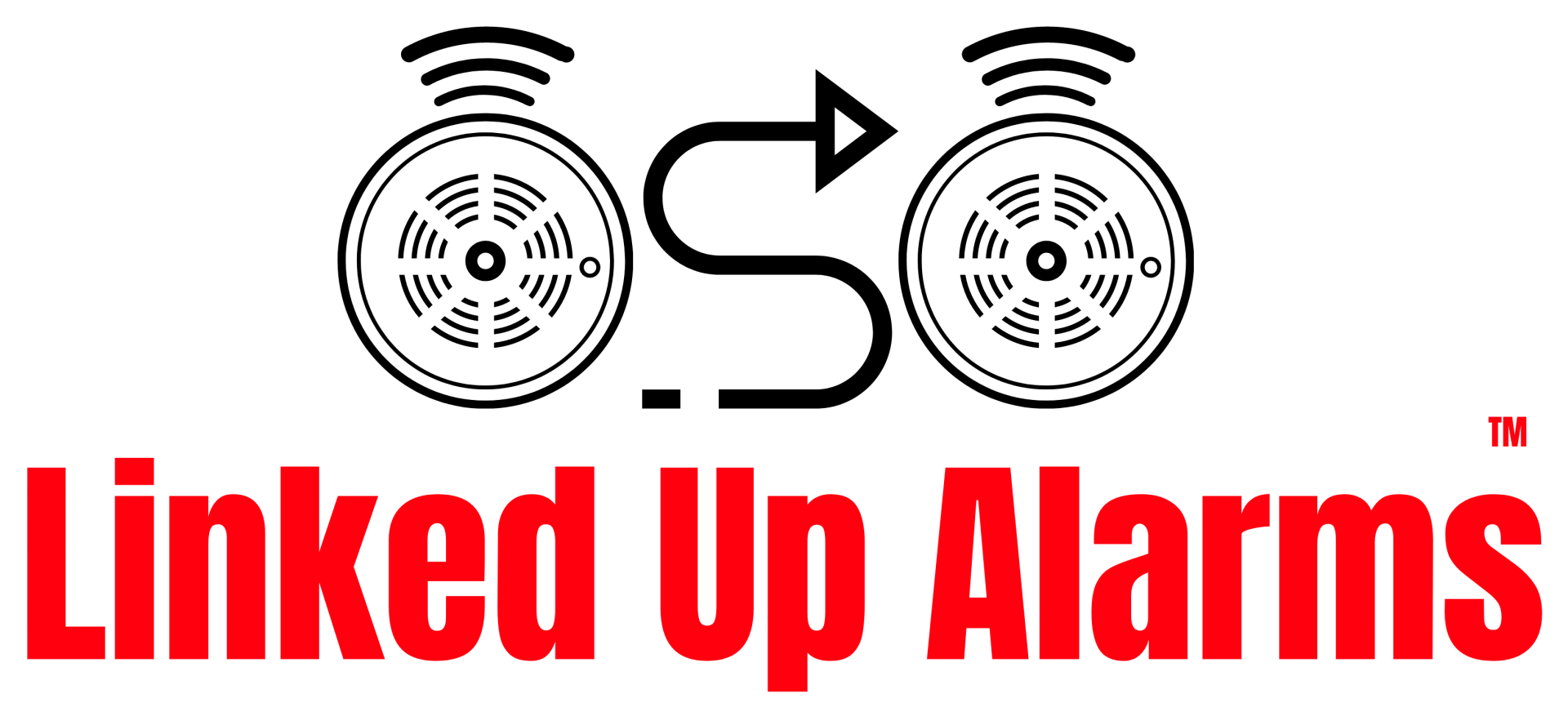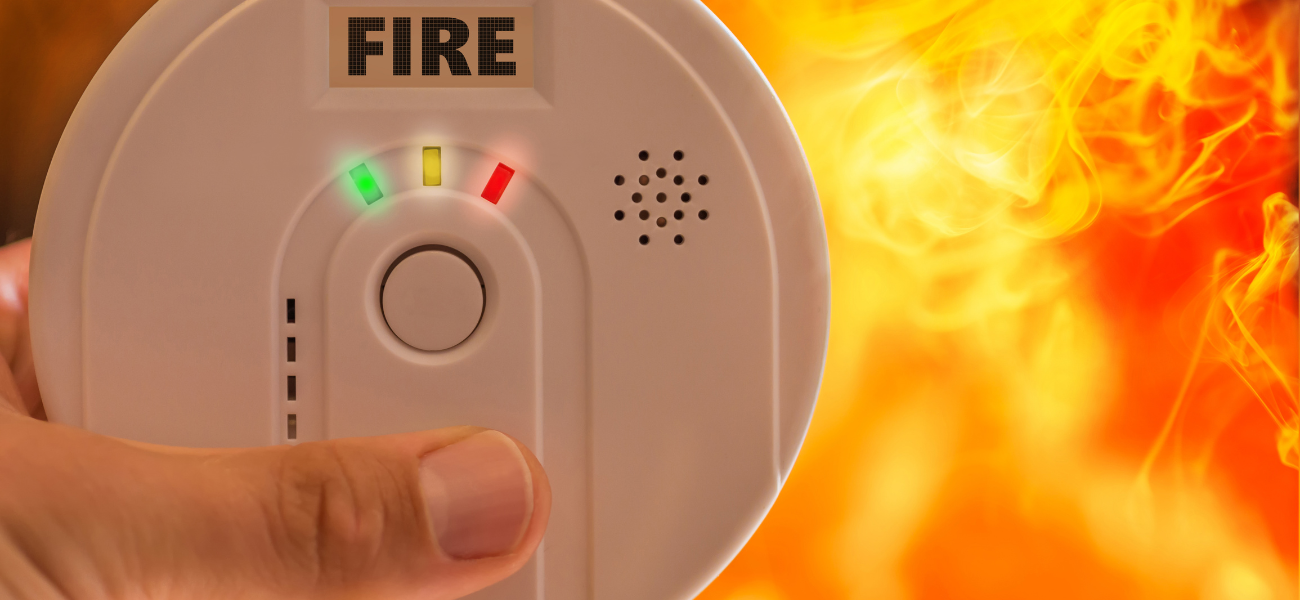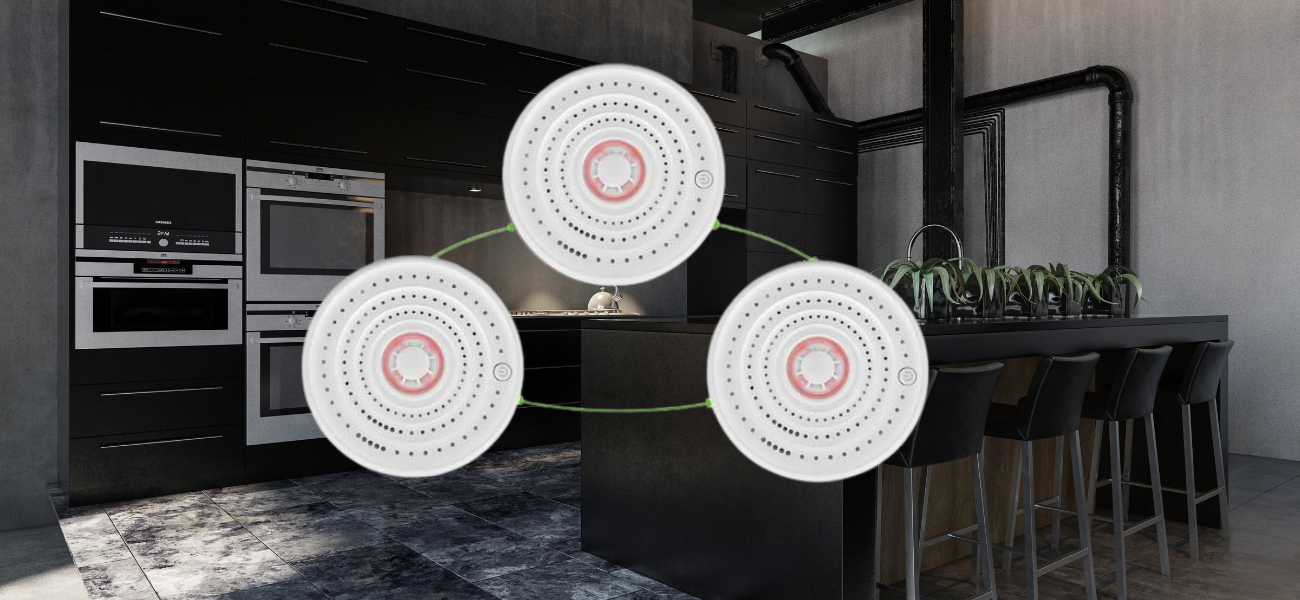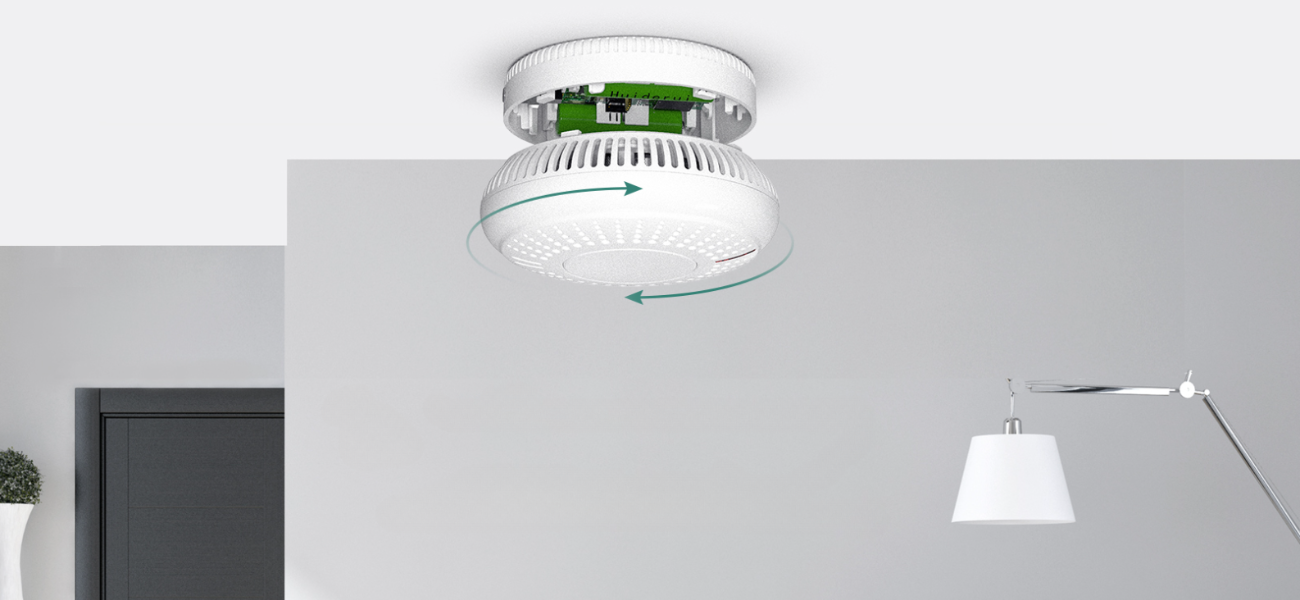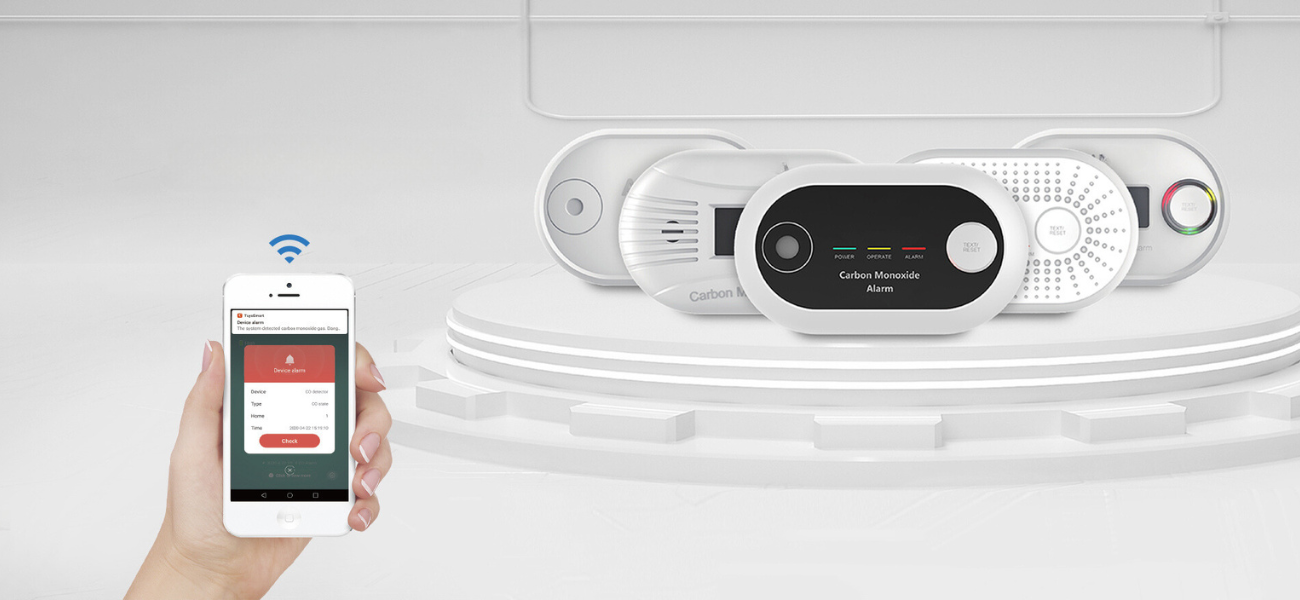
Hear That Beep? It's Time to Check Your Smoke and Carbon Monoxide Alarm Network! Every home needs a guardian angel, and smoke alarms are some of the best around. But did you know they can work together to create a symphony of safety? We're talking about interconnected smoke alarms , and they're a game-changer for fire protection. What is Smoke Alarm Interconnection? Imagine this: you’re peacefully asleep when a fire starts in the basement. A traditional smoke alarm there might not wake you upstairs. But with an interconnected smoke detector, when one detects smoke, all the alarms in your house blare the warning, giving you precious time to escape. Interconnected fire alarms are crucial because they ensure immediate alert and safety by making all alarms go off together. Why You Need Interconnected Smoke Alarms Here’s the truth: fires don’t always start conveniently close to where you are. Interconnected alarms ensure everyone in your home gets the alert, no matter where the flames flicker. This is especially crucial for: Large houses: No more sleeping soundly through a basement blaze! Multi-level homes: Get that warning no matter if you’re tucked in upstairs or relaxing downstairs. Deep sleepers: The insistent chorus of alarms is more likely to rouse even the heaviest sleepers. Carbon monoxide alarms: Essential for detecting dangerous carbon monoxide levels, especially in addition to smoke and heat alarms . Heat alarms: Important for areas like kitchens where smoke alarms might trigger false alarms, ensuring comprehensive safety. How to Spot Interconnected Smoke Alarms: Look: See any wires connecting your alarms? That’s a sign of hardwired interconnection. You can also interconnect smoke detectors using a three-way switch with specific wire connections or opt for wireless interconnected smoke alarms. Listen: Test one alarm’s button. If all the alarms join the cacophony, you’ve got an interconnected system! Consult the Manual: Still unsure? Check the product information or reach out to the manufacturer. Additionally, ensure you have a carbon monoxide detector in the same room as any carbon-fuelled appliances like boilers, fires, non-electric heaters, or flues. Testing Your Interconnection: Testing is simple! Just press the test button on one alarm. If they’re interconnected, all the alarms should sound off like a well-rehearsed fire safety band. The Two Types of Interconnected Smoke Alarms
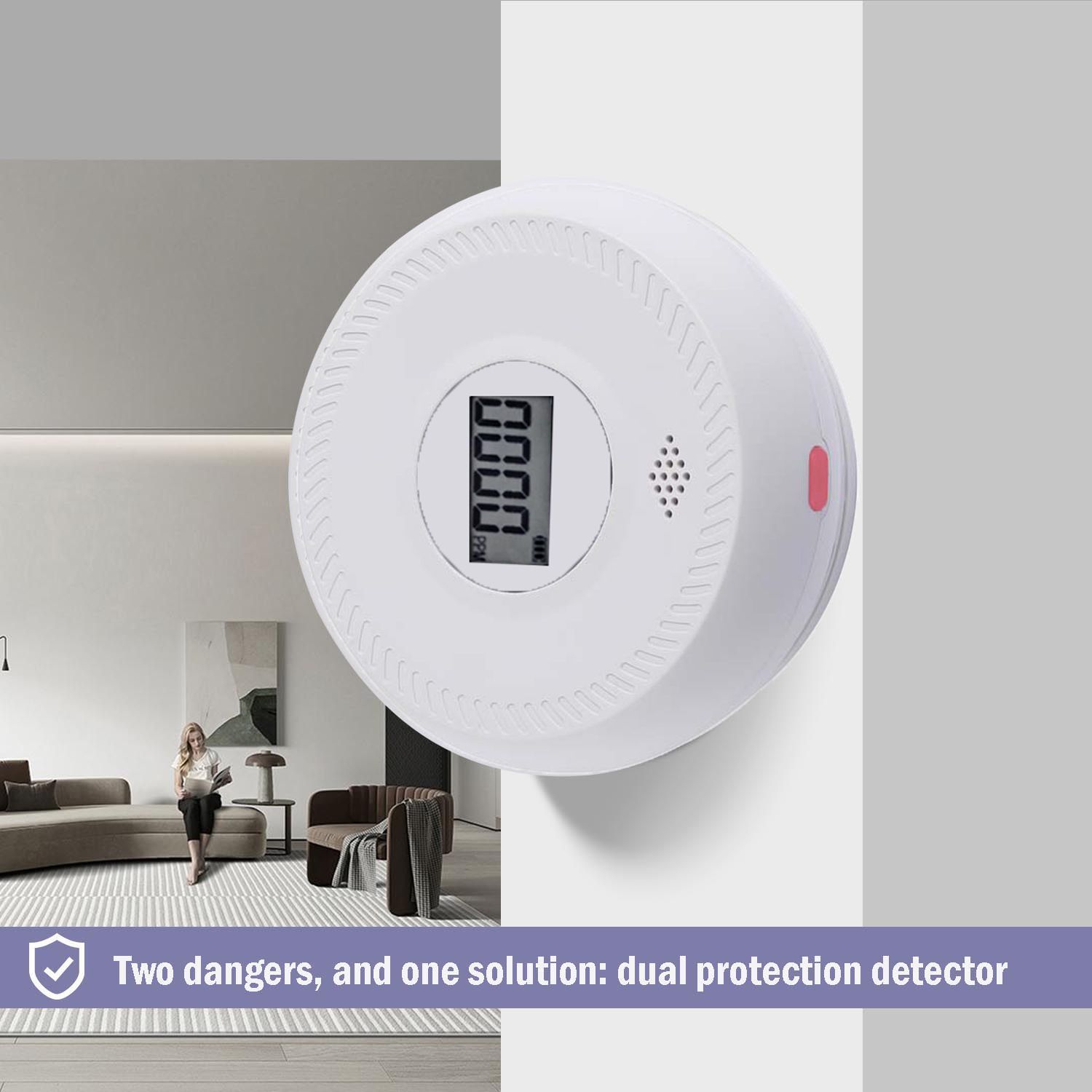
Choosing the right smoke alarm means understanding the different types available. “What are the different types of smoke alarms?” you may ask. Whether it’s ionisation alarms for fast flames, photoelectric for smouldering fires, heat detectors, or versatile multi-sensor devices, each type serves a purpose. Our guide will clarify these options, ensuring you find the best fit for your safety requirements. Key Takeaways Smoke alarms come in various types such as ionisation, photoelectric (optical), heat detectors, and combined multi-sensor models, each with unique capabilities to detect different fire behaviors. Smoke alarms can be powered by batteries or main power, with smart detectors offering advanced features like remote notifications and interconnectivity for precise and comprehensive alert systems. Proper installation, compliance with safety standards, regular maintenance, and strategic placement are critical for the optimal performance and reliability of smoke alarms, ultimately enhancing fire safety and minimizing false alarms. Understanding Smoke Alarm Technologies
